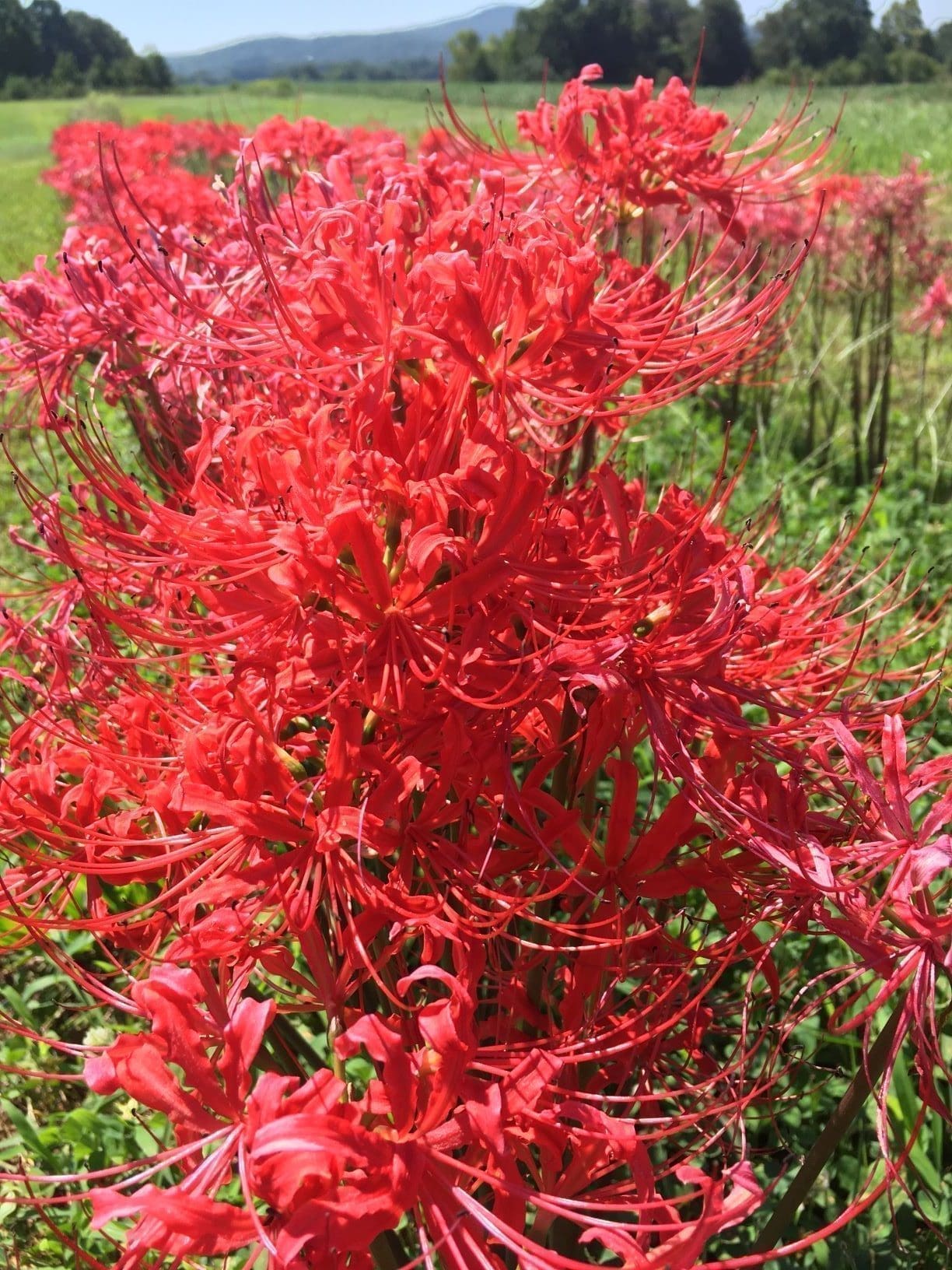Description
Planting Zone Information:
Galanthus woronowii ‘Snowdrops’ Single Snowdrop bulbs thrive in USDA hardiness zones 3 to 7. These zones encompass a range of climates, from cold winters to moderately mild ones, making them suitable for many regions in North America.
Growing Guide:
- 1. Selecting a Planting Site:
- Choose a location with well-draining soil and partial to full shade. They are particularly well-suited for woodland gardens, under deciduous trees, or along the edges of shrubbery.
- 2. Planting Time:
- Plant the bulbs in the fall, ideally between September and November, before the ground freezes.
- 3. Planting Depth:
- Dig a hole about 2-3 inches (5-8 cm) deep. Place the bulbs in the hole with the pointed end facing upwards.
- 4. Spacing:
- Space the bulbs approximately 3-4 inches (7-10 cm) apart to allow them room to multiply over time.
- 5. Soil Preparation:
- Mix well-rotted compost or organic matter into the soil to improve drainage and provide nutrients.
- 6. Watering:
- Water thoroughly after planting to settle the soil and ensure good root contact.
- 7. Mulching:
- Apply a layer of organic mulch (e.g., straw or leaf litter) over the planting area. This helps conserve moisture and regulate soil temperature.
- 8. Maintenance:
- Snowdrops are generally low-maintenance. Water during dry spells and remove any weeds that may compete with the plants.
- 9. Naturalizing:
- Over time, the bulbs will multiply and form clusters, creating a beautiful naturalized display.
- 10. Spring Care:
- After blooming, allow the foliage to die back naturally. This helps replenish the bulbs for the following year.
- 11. Division (Optional):
- If the clumps become overcrowded, you can dig up and divide the bulbs after the foliage has withered.
With proper care and time, Galanthus woronowii ‘Snowdrops’ Single Snowdrop bulbs will flourish, bringing early spring cheer to your garden year after year. Enjoy the delicate beauty of these lovely blooms!
Proud Products Guarantee!!
Plants from Daylily Nursery are guaranteed to arrive healthy and green. If you have any concerns or are dissatisfied within the first five days of receiving your plants, please email or call our office. If your plants have received less-than-ideal care or were purchased for planting outside of your recommended growing zone, your purchase isn’t covered by our guarantee. Zone recommendations are provided in our listings.
Use your best judgment before ordering during unusually hot or cold weather (below 32 degrees F, or in excess of 95F for shipping purposes), as these extremes may leave your plant vulnerable to damage. The optimal time for planting for most of our material is in mid to late spring, past the danger of hard frost. This allows your plants the longest possible growing season. Summer and very early fall are also suitable, as long as your plant is placed in optimal conditions and receives adequate water. Late fall and winter are very risky in most areas. When in doubt about suitable planting times or zone compatible plants for your area, reach out to your local Agricultural Extension Office.
If issues with your plants arise within the first 30 days of receipt, please email or call our office. Our knowledgeable staff will review your concerns and provide guidance and troubleshooting, or a one-time replacement if necessary. The customer assumes responsibility for the cost of shipping the replacement. Happy Planting!







